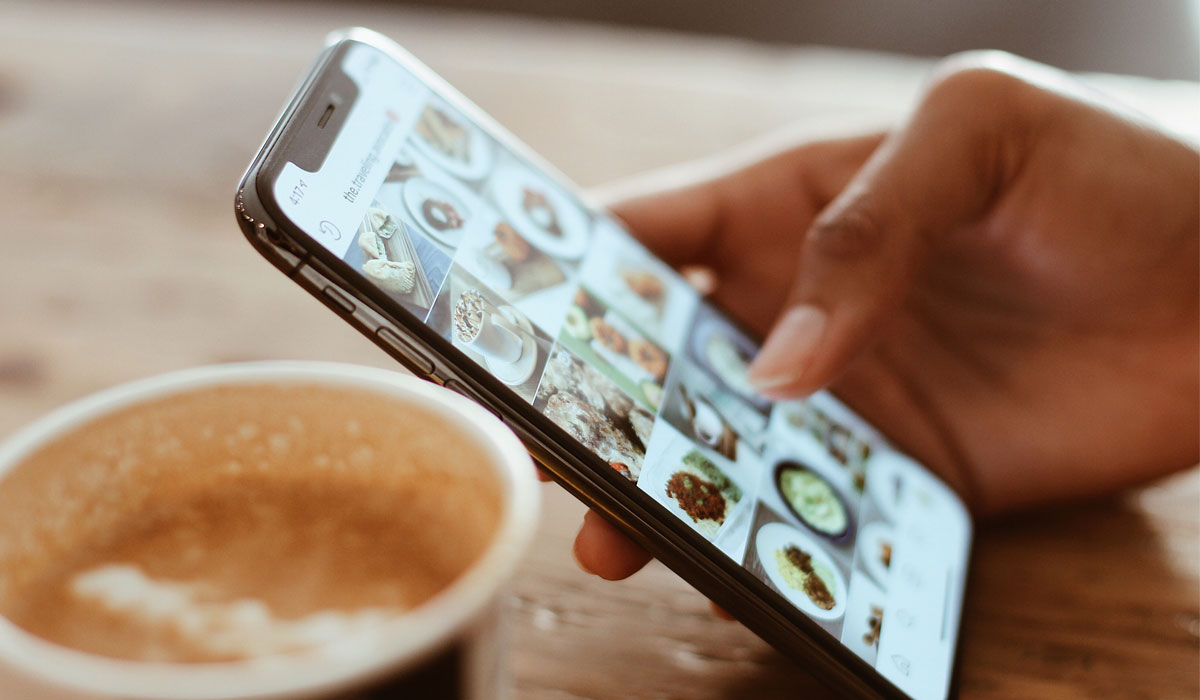COVID-19 is impacting every industry and nearly all facets of everyday life, and many states and cities are implementing new social distancing guidelines for operations, including the restriction of dining-in at restaurants, and a shift to pick up and delivery models. The memo to the quick-service restaurant industry in the U.S. is clear: your brand must ensure it has the right technology to support no-contact ordering now and for the foreseeable future.
For those with mobile and digital ordering platforms in place, here is the emerging playbook to help your brand get through the most unprecedented challenge to the restaurant economy in American history:
Go fully contactless
Many consumers today seek fully contactless transactions. Some consumers are concerned about having delivery people come to their home and would much prefer access to curbside and restaurant pickup with contactless precautions in place.
When it comes to contactless interactions, there are many factors to consider. Your brand can customize digital interfaces, for example, to include “contactless delivery” as an optional field for customers to upload photos and include directions as needed. You can launch additional functions into mobile apps and websites that help customers and deliverers communicate seamlessly and securely. And you can use push notifications and text message notifications to detail where and when food is delivered.
Shift Hours, Staff to Meet Demand
Many successful brands have already altered their staff and hours to address the “time-shift” happening with consumer demand. With fewer people on the go, demand for breakfast is down. With the whole family sheltered in place, demand for curbside pickup and dinner delivery is up. Brands should rearrange their hours and staff to the ones that make sense in the current marketplace.
A secondary factor to this rising demand in delivery is the need for appropriate delivery staff. As dinner delivery bandwidth fills rapidly, consider putting staff into delivery positions to satisfy rising demand, and support your employees in a time when dine-in business is down.
Market to the times: Make family orders easy. Drop delivery fees. Offer Curbside.
Consumers today are looking for convenience features; for ways to feed a family of four with as little friction as possible. Simplified menus. Deal packages. What is nearby? The patterns we are used to seeing in people have changed; consumers are less willing to travel for food and less likely to choose far-flung delivery locales, opting for the prepared foods nearest to their homes. To attract more customers, make it easy. Consider, if economically possible, removing delivery fees. And wherever possible, proudly place employees outside to conduct curbside orders.
Take care of staff and customers alike
Few people are harder hit by the impact of COVID-19 than the hourly restaurant worker. The smartest and most well-positioned brands are opting to ensure the financial stability of staff and reaping visibility benefits. Starbucks, Chipotle, and other brands have announced wage increases and financial aid packages for their workers.
Beyond caring for vulnerable staff in uncertain times are the needs of customers as well. Consumers are absolutely paying attention to your brand’s efforts to take care of health, hygiene, and people during COVID-19. This crisis creates the opportunity to reach out to customers to show how you are caring for their welfare around efforts in safety, cleanliness, worker protections, and social distance planning. They are also paying attention to how well you are listening to their needs and providing them the necessities and even comforts they need during these unprecedented times.
Even in these uncertain times, the bottom line remains: success in the present time is all about the ability to capture digital orders, deliver from web orders, initiate app-driven pickup orders, and more, and the highly digital brands are winning more business in the current marketplace.
As America hunkers down to shelter in place, brands must pivot toward surviving the timeline by finding new ways to serve guests. With the right efforts in place, your brand has an opportunity to build future loyalty for when our return to normalcy finally comes.
Hope Neiman is the Chief Marketing Officer of Tillster, a leading global player in the burgeoning restaurant technology space. Hope and her team drive outcomes by combining data and technology to expand sales and increase consumer engagement in a measurable way. Through Hope’s marketing expertise and brand vision, Tillster grew from a kiosk company into a best-in-class, metric rich engagement and ordering solutions provider for multi-unit national and international restaurant brands. The Tillster platform provides visibility and impact on millions of transactions daily, around the world, for more than 50 of the world’s largest QSR, Fast Casual, and Casual Dining brands. Throughout her career, Hope has developed products, built brands and helped raise nearly $400 million in both the private and public sectors for companies that range from small startups to larger corporations. Her prior experience includes Shoedazzle, Beachbody, Disney Interactive, McKinsey & Company and Procter & Gamble. In addition to serving on several private and non- profit boards currently and in the past, Hope has sat on the board of the Women’s Leadership Council for the last 12 years, an organization built around the spirit of both professional and personal accomplishment through collaboration, inspiration and support. Through WLC and its partnership with The Fulfillment Fund, she serves as a mentor in its program to create opportunities and perspective to disadvantaged young women, newly navigating their career paths.











